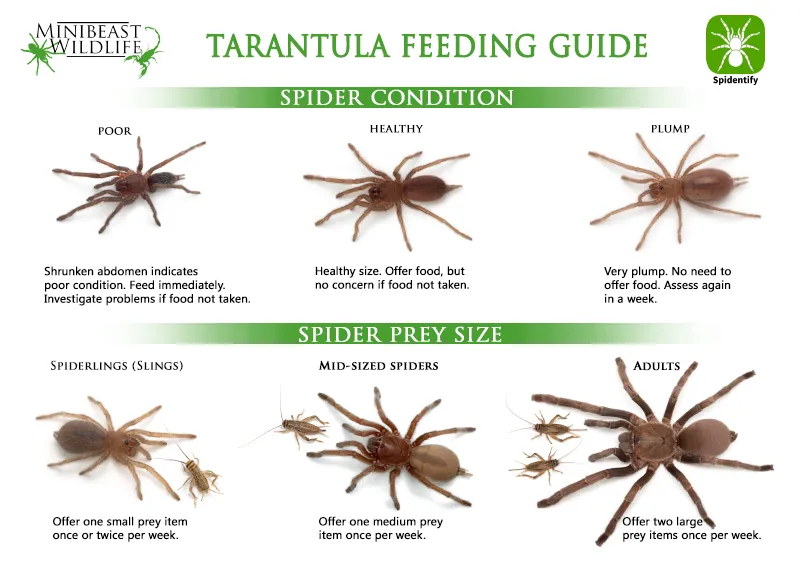Bringing a tarantula into your home is a rewarding experience, but it comes with the responsibility of providing proper care, and a crucial aspect of this is understanding their dietary needs. Unlike many pets, tarantulas have a relatively straightforward diet, but getting it right is vital for their health and longevity. This guide dives deep into what tarantulas eat, how to feed them, and how to ensure they thrive in your care. Proper feeding is not just about survival; it is about fostering a healthy and happy tarantula, allowing you to enjoy its unique presence for years to come. Let’s explore the fascinating world of tarantula nutrition.
What Do Tarantulas Eat Overview
Tarantulas are primarily insectivores in the wild, and this dietary preference carries over into captivity. Their diet is relatively simple but needs careful attention. They are opportunistic feeders, meaning they will eat whatever prey they can overpower. However, their staple diet should primarily consist of live insects that are readily available and easy to digest. Understanding this fundamental aspect of their feeding habits is key to providing optimal care.
Insects as the Primary Diet
Live insects form the core of a tarantula’s diet. The insect provides the necessary protein, fats, and other essential nutrients required for growth, molting, and overall health. Offering a variety of insects can provide a more balanced diet than relying on just one type. Remember that the insect should be appropriately sized for your tarantula, which will determine how frequently you need to feed. The goal is to replicate their natural diet as closely as possible within the controlled environment of their enclosure.
What Insects are Best for Tarantulas
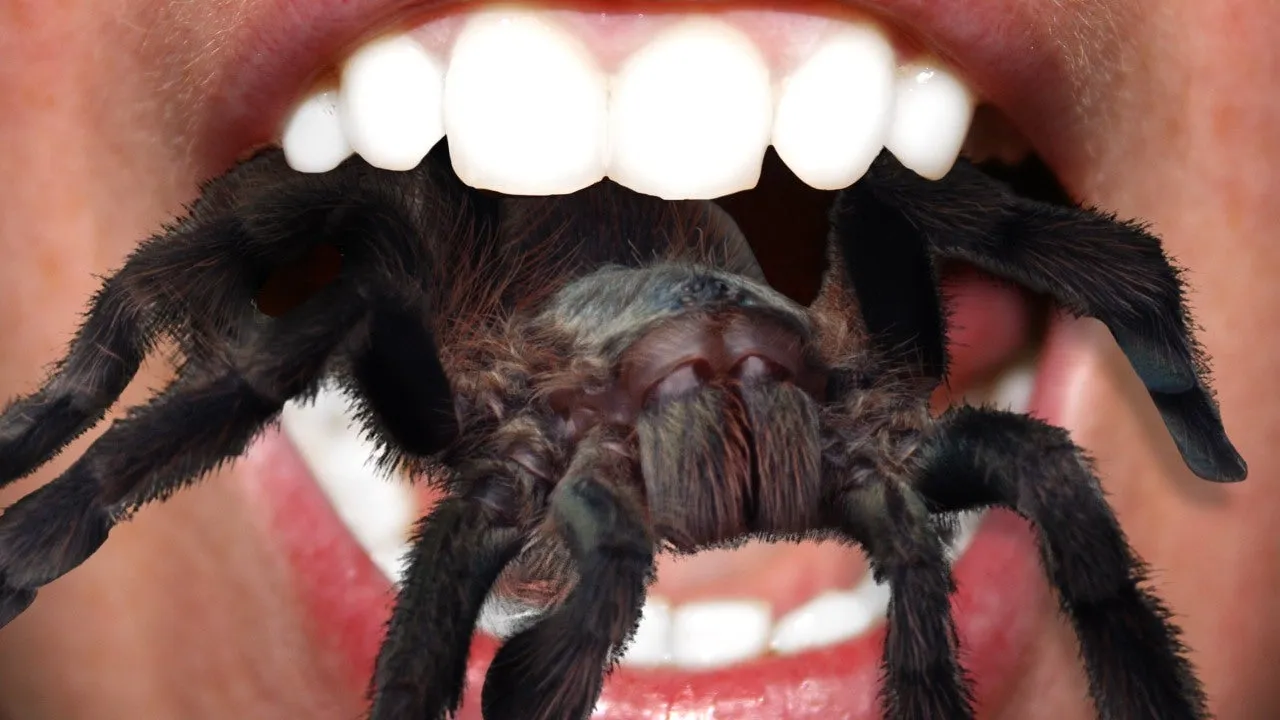
Several types of insects are suitable for feeding tarantulas, each with its pros and cons. It’s best to vary the diet to provide different nutrients and keep your tarantula engaged. The key is to offer a variety of insects and choose those that are readily available and of high quality to meet the nutritional needs of the tarantula. Some of the best options are crickets, mealworms, and roaches, which can be supplemented with other insects occasionally.
Crickets
Crickets are a popular choice due to their availability and ease of purchase. They are relatively inexpensive and readily available at most pet stores. However, they can be noisy and escape easily, which makes them somewhat harder to maintain within a tarantula’s habitat. Crickets provide good protein content, but it’s beneficial to gut-load them (feeding the crickets nutritious foods before feeding them to your tarantula) to improve the nutritional value of the meal.
Mealworms
Mealworms are another convenient option, typically available at pet stores. They are easy to handle and store. However, mealworms have a hard exoskeleton that can be more difficult for tarantulas to digest, especially for younger ones. It’s best to offer mealworms as a supplement rather than the primary food source, and it might be necessary to crush their heads to prevent them from burrowing and to make them more accessible for the tarantula.
Roaches
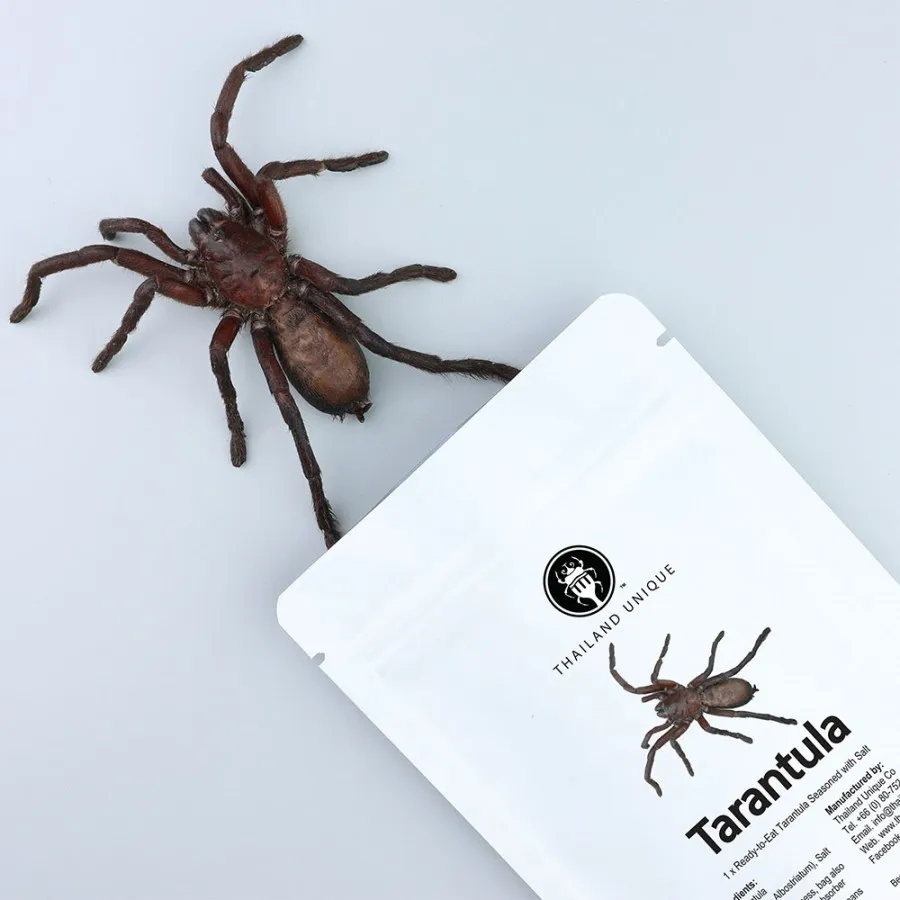
Roaches, particularly dubia roaches, are considered an excellent food source because they are easy to breed and provide a high nutritional value. They contain a favorable ratio of protein to fat. Roaches are also less prone to escaping than crickets, making them an ideal choice for many tarantula keepers. Ensure that roaches are sourced from a reputable breeder, and offer them appropriately sized, depending on the size of your tarantula.
How to Choose Quality Insects
Selecting quality insects is just as important as the type you offer. Always inspect the insects for any signs of illness or parasites before feeding them to your tarantula. Ensure they are live, healthy, and not exposed to pesticides or chemicals. You can source insects from reputable pet stores, online vendors, or even breed them yourself. Gut-loading the insects with nutritious food before feeding them to your tarantula ensures that they will get the necessary vitamins and nutrients.
Frequency of Feeding
The frequency of feeding depends on the tarantula’s age and size. Young tarantulas, especially spiderlings, require more frequent meals due to their rapid growth. Adult tarantulas have slower metabolisms and need less frequent feeding. It is important to understand the specific needs of your tarantula based on their life stage. Observe the tarantula’s abdomen; a plump abdomen indicates a well-fed tarantula, while a smaller abdomen may signify that it is hungry. It’s vital to remove any uneaten food within 24 hours to prevent mold or mites from developing in the enclosure.
Feeding Young Tarantulas
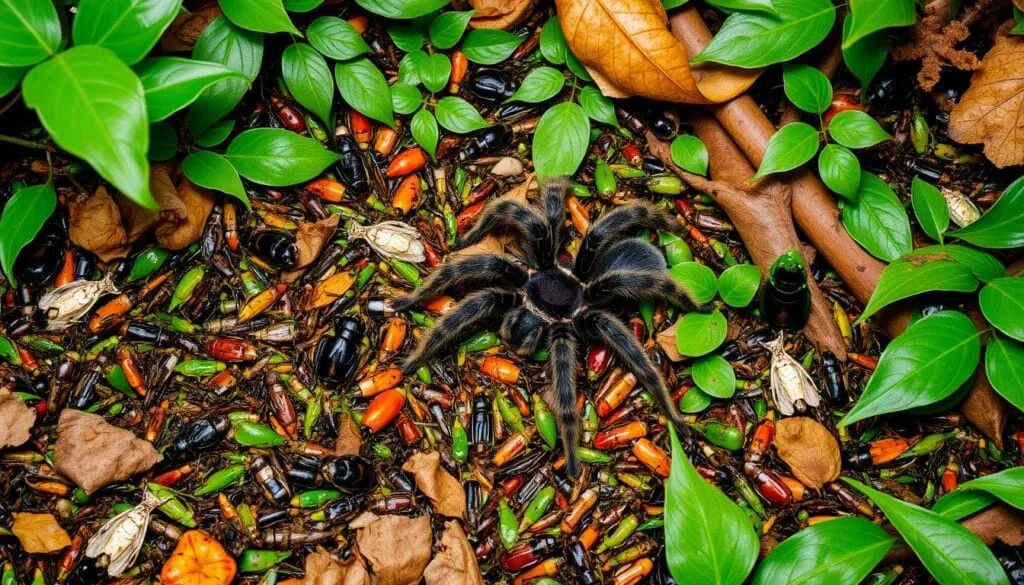
Spiderlings and young tarantulas need to be fed more frequently than adults because they are growing rapidly. Feed spiderlings every other day or every day. Provide appropriately sized insects such as small crickets or fruit flies. Ensure that the insects are smaller than the tarantula’s body to avoid any risk. Monitoring the tarantula’s abdomen is crucial to ensure that they are not overfed or underfed. Adjust the feeding frequency based on the tarantula’s feeding behavior and growth.
Feeding Adult Tarantulas
Adult tarantulas, on the other hand, do not require feeding as often. Once or twice a week is generally sufficient. Overfeeding can lead to health problems. The tarantula’s abdomen should be full but not overly distended. Some adult tarantulas may go for extended periods without eating, especially during molting or if they are gravid. The goal is to maintain a healthy weight without overfeeding. Regularly remove any uneaten food within 24 hours to avoid the growth of harmful bacteria or mold.
Supplementing the Tarantula Diet
While insects form the core of a tarantula’s diet, providing supplements can ensure that they receive a balanced nutrition. Gut-loading the insects before feeding them to your tarantula is the best way to supplement their diet. This will ensure that the tarantula consumes the nutrients directly from the insects. Another way to supplement the diet is to provide vitamins and minerals to enhance the overall well-being of the tarantula. Supplements should be given with caution and should never replace the main diet of live insects.
Vitamins and Minerals
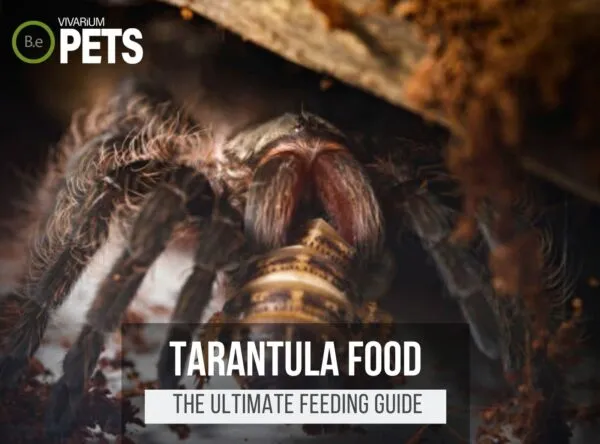
Vitamin and mineral supplements are not always necessary if you are providing a varied diet. However, you can dust the insects with a calcium and vitamin D3 supplement to provide additional nutrients. Avoid over supplementing, as this can lead to health issues. It’s important to research the specific needs of your tarantula species, as some may require specific supplements. Always consult with a veterinarian specializing in exotic animals if you have any concerns about the nutritional needs of your tarantula.
Water’s Crucial Role
Water is as essential to a tarantula’s health as food. Although tarantulas get some moisture from their food, they still need a constant supply of fresh water for hydration. Dehydration can be detrimental to the tarantula’s health. Ensure that clean water is always available in the enclosure to allow the tarantula to drink and stay hydrated. Without water, tarantulas cannot thrive, so proper hydration is as important as a balanced diet.
Providing Fresh Water
The easiest way to provide water is by keeping a shallow dish with fresh, clean water in the enclosure. The water dish should be small enough to prevent the tarantula from drowning. Change the water regularly, at least every other day, to prevent the growth of bacteria and the buildup of waste. Some tarantula keepers use a water gel, which is safer for younger tarantulas. Regularly monitoring and changing the water will ensure that your tarantula stays properly hydrated.
Things Tarantulas Should NOT Eat
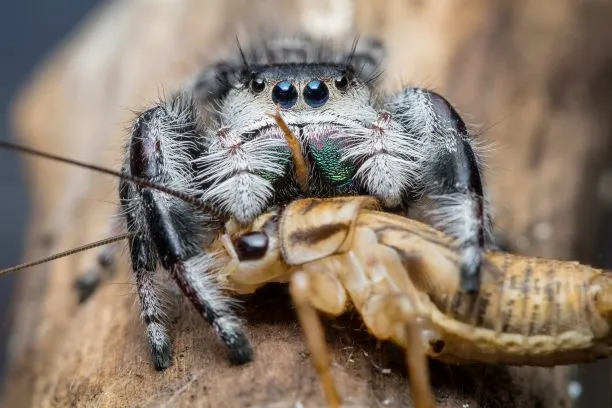
It is important to be aware of the things you should never feed your tarantula. Certain foods are toxic or difficult for tarantulas to digest, which can lead to health problems or even death. Always prioritize the tarantula’s health by avoiding foods that could cause harm. The best way to keep them healthy is to maintain a diet of live insects, along with fresh water. Avoid all human food and known toxic substances to provide a safe and healthy environment.
Toxic Foods
Never feed your tarantula any foods that are known to be toxic to them. This includes wild-caught insects, which may be carrying pesticides. Avoid feeding any insects that have been treated with insecticides. Some other substances to avoid include citrus fruits, as their acidity can be harmful. Always research the foods and chemicals that are safe to have around your tarantula.
Human Foods
Human foods are not appropriate for tarantulas. These foods are often high in salt, sugar, or other substances that tarantulas cannot process. Avoid feeding your tarantula any processed foods, such as bread or sweets. Stick to a diet of live insects. Even though some human food may seem harmless, they can upset the tarantula’s digestive system and lead to health issues. Always remember that the natural diet is best for tarantulas in captivity.
Creating the Perfect Habitat for Feeding
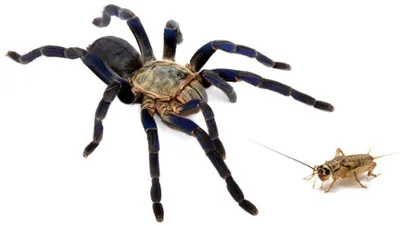
The habitat for your tarantula should replicate its natural environment, and should facilitate the tarantula’s ability to feed, drink, and thrive. This means providing the right temperature, humidity, and substrate to encourage healthy behavior and eating habits. A well-designed habitat will make it easier to feed the tarantula and to provide a clean and safe environment. Also, consider your tarantula’s species, because their specific needs will vary. A properly designed habitat supports the tarantula’s health and well-being.
In conclusion, understanding what tarantulas eat is fundamental to their care and longevity. Providing a diet of live insects, fresh water, and a proper habitat will help your tarantula thrive. By following these guidelines, you can ensure your pet’s good health and enjoy the unique experience of keeping a tarantula.
